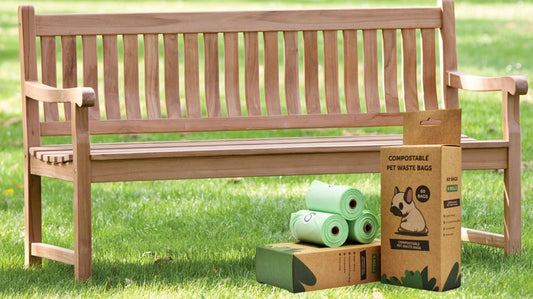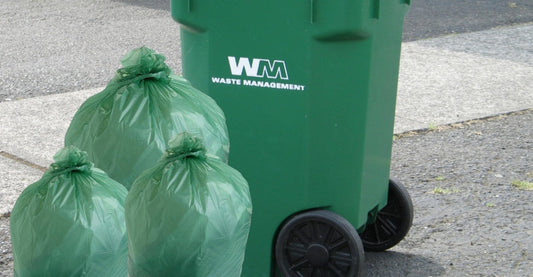What is PLA and what is PLA made of?
PLA (Polylactic Acid) is a biodegradable and bioactive thermoplastic polymer derived from renewable resources such as corn starch, sugarcane, or other plant-based materials. It belongs to the family of bioplastics and is considered a sustainable alternative to traditional petroleum-based plastics.
PLA has gained popularity due to its environmentally friendly characteristics. It has a significantly lower carbon footprint compared to conventional plastics since it is derived from renewable resources. PLA is also known for its biodegradability, meaning it can break down naturally in the environment under certain conditions, such as in industrial composting facilities. This makes PLA a favorable choice for various applications where reducing plastic waste and environmental impact are important considerations.
PLA exhibits a range of desirable properties, including good strength, clarity, and heat resistance. It can be processed using common methods such as injection molding, extrusion, and 3D printing, making it versatile for different manufacturing processes. PLA finds applications in various industries, including packaging, food service products, medical devices, textiles, and more.
It's important to note that while PLA is biodegradable, proper disposal methods are crucial to ensure its full environmental benefits. PLA should be disposed of in designated composting facilities rather than regular waste streams to allow for optimal degradation.

Which products are made of PLA?
PLA (Polylactic Acid) is a versatile material with various applications. Here are some common products that are made of PLA:
ᅟᅠ 1. Packaging Materials: PLA is used in the production of various packaging materials, including films, trays, blister packs, and containers. These packaging products can be found in industries such as food and beverage, cosmetics, and personal care.Get PLA compostable bags from our website.
ᅟᅠ 2. Disposable Cutlery and Tableware: PLA is widely used to create disposable cutlery, plates, bowls, cups, and other tableware items. These products offer a more sustainable alternative to traditional plastic utensils and are commonly used in events, restaurants, cafes, and catering services.Know more about PLA/CPLA cutlery.
ᅟᅠ 3. Food Service Products: PLA is utilized in the production of food service items such as straws, stirrers, coffee cup lids, and takeaway containers. These PLA-based products provide a more eco-friendly option for single-use food and beverage items.
ᅟᅠ 4. Medical and Healthcare Products: PLA is used in the manufacturing of medical and healthcare products such as surgical sutures, drug delivery systems, tissue engineering scaffolds, and biodegradable implants. Its biocompatibility and biodegradability make it suitable for these applications.
ᅟᅠ 5. Filaments for 3D Printing: PLA is a popular material for 3D printing filaments due to its ease of use, low odor, and wide range of available colors. PLA filaments are used by hobbyists, professionals, and industries to create a variety of printed objects.
ᅟᅠ 6. Textiles and Fibers: PLA fibers can be used in textile applications, including clothing, upholstery, and non-woven fabrics. PLA-based textiles offer biodegradability and can be blended with other fibers to enhance their properties.
ᅟᅠ 7. Agricultural and Horticultural Products: PLA-based mulch films, plant pots, and seedling trays are used in agricultural and horticultural practices. These products help reduce the environmental impact of plastic waste in farming and gardening.
It's worth noting that the use of PLA extends beyond these examples, and ongoing research and development may lead to new applications in various industries. The versatility and eco-friendly characteristics of PLA make it an attractive choice for manufacturers seeking sustainable alternatives to traditional plastics.




